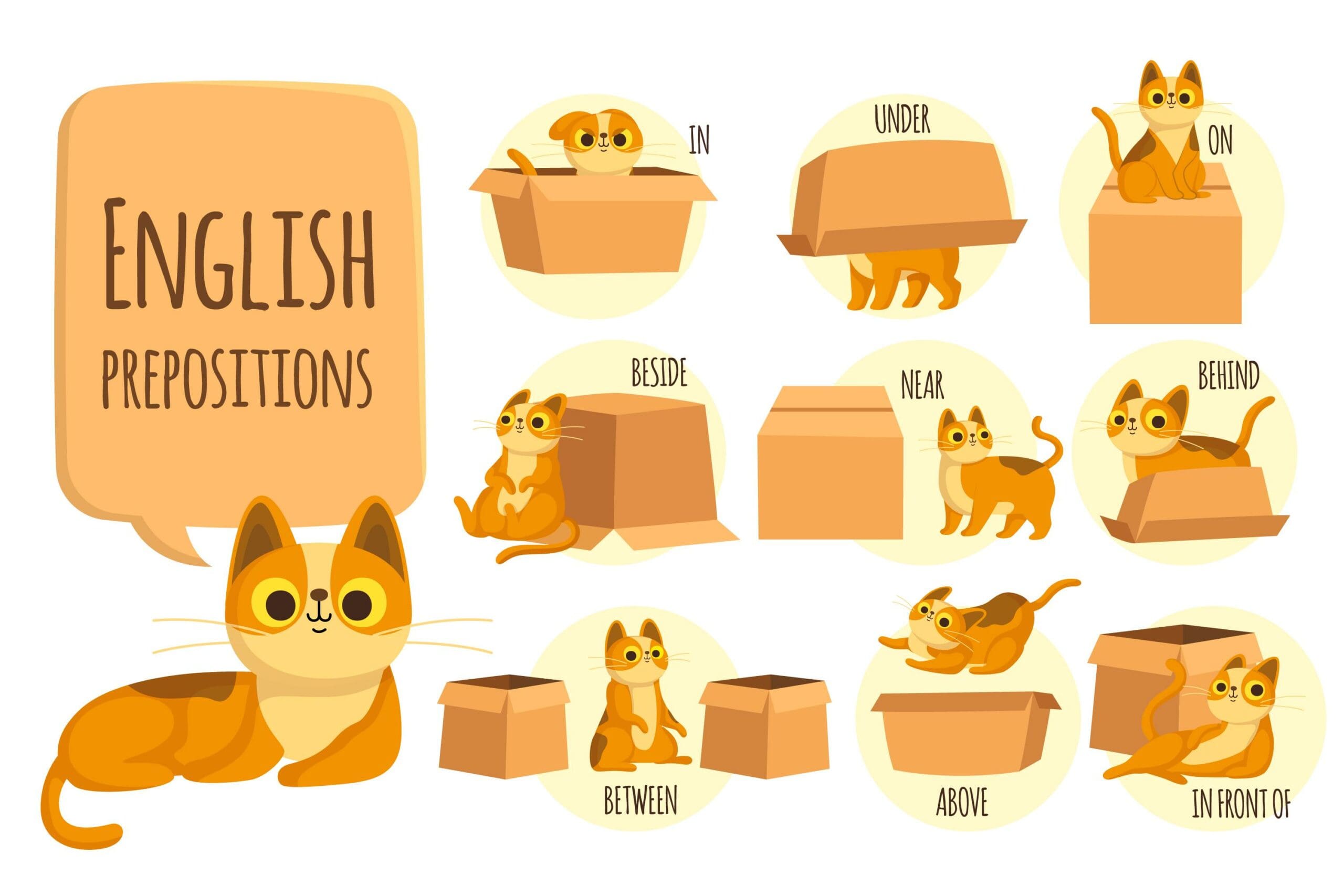
Learning English Facts for Kids – 5 Exquisite Facts Learning English
Table of Contents
Why learning English is important? Because most people live on the plant knows even few words in English.
Learning English Facts for Kids Fact Number 1: The Word Noun Comes From The Latin Word ‘Nomen’ Which Translates to ‘Name’.
Nouns typically follow an article, which is a word such as the’, ‘a’ or ‘an’. There are many different types of nouns.Two main nouns you should know are common nouns and proper nouns. A common noun is a noun used for naming animals, people, places and objects. For example, tiger, dog, teacher, school and chair. A proper noun is a noun that will always begin with a capital letter. This is because a proper noun is a person or a place name such as Ben, Jane, London and China. A proper noun is also for days of the week and months such as Thursday or April.
Examples of nouns in a sentence: The cat walked past. A magician does tricks. Harry went to London on Tuesday.
Learning English Facts for Kids Fact Number 2: The Most Common Adjective in The English Language Is “Good”.
Adjectives are words used to describe things. Using adjectives helps you describe what you are writing about. Adjectives make sentences more exciting and help a reader easily picture what is being described. Adjectives appear before a noun. For example, hot, long big. A quantitative adjective is a word that describes the quantity of a noun. A quantitative adjective can be a number or unit of measure. For example, four, half, many, any. Predicative adjectives change the rules of adjectives as they come after a noun. For example, The cat was black, The car is blue. Comparative adjectives are words that compare two nouns. For example, taller, faster, bigger.
Examples of adjectives in a sentence: The big dog ran past quickly. The train was faster than the car.
Learning English Facts for Kids Fact Number 3: Most Sentences Must Have Verb in It
A verb is an action word. There are three different types of verbs. These are action, linking, and auxiliary. If a word expresses something you can do then it is an action verb. It tells us what a person or a thing does or is doing. A linking verb links the subject of the sentence with information about it. For example, be, become and am. Auxiliary verbs are called “helping verbs” because they “help out” the main verb in a sentence. Sometimes auxiliary verbs are called “helping verbs” because they introduce or “help out” the main verb. For example, She is walking to the shop, I should go to bed.
Examples of verbs in a sentence: The dog ran home. The girl danced at the party.

Learning English Facts for Kids Fact Number 4: Adjectives Are Used to Make Adverbs
Adverbs describe verbs, adjectives, other adverbs, or sentences. You can make adverbs from some adjectives by adding the suffix -ly. Examples of this are quickly, brightly and loudly. An adverb tells more about how the verb is being done. Many adverbs end in “-ly” or “-est”. An interrogative adverb asks a question. The interrogative adverbs are how, when, where, and why. A conjunctive adverb joins two ideas. Some common conjunctive adverbs are besides, however, and therefore.
Examples of adverbs in sentences are: The boy was walking slowly. The teacher spoke loudly, however the students could not hear him.
Learning English Facts for Kids Fact Number 5: They Are Words That Link Pronouns, Nouns and other Words in a Sentence
Prepositions can be used in two ways. They can be put before something or after something.
A preposition links a noun, pronoun, or phrase to another part of a sentence. They are used to describe something or someone’s position.
Examples of prepositions are: The dog walked across the street. The child sat beside her mom. The cat jumped off the couch.

We hope you enjoyed learning more things about English Language as much as we loved teaching you about them. Now that you know how majestic this language is, you can move on to learn about other ones like: English, Hindi Alphabets, French, German, Japanese, Hindi, Greek, Latin, Chinese, Arabic, Hawaiian and Italian.
Why not subscribe to our LearningMole Library for as little as £1.99 per month to access over 2800 fun educational videos.


Leave a Reply